
Imagine Hope!
In my fifth grade classroom during the peak COVID era—a hugless year of masks, social distancing and hand sanitizer, I had a student named Chloe

In my fifth grade classroom during the peak COVID era—a hugless year of masks, social distancing and hand sanitizer, I had a student named Chloe
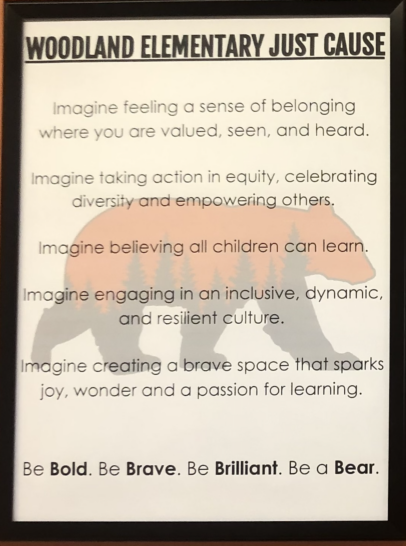
The Imagine Project (TIP) is currently working with the incredible staff at Woodland Elementary in Cherry Creek Schools in Colorado to make Imagine story writing
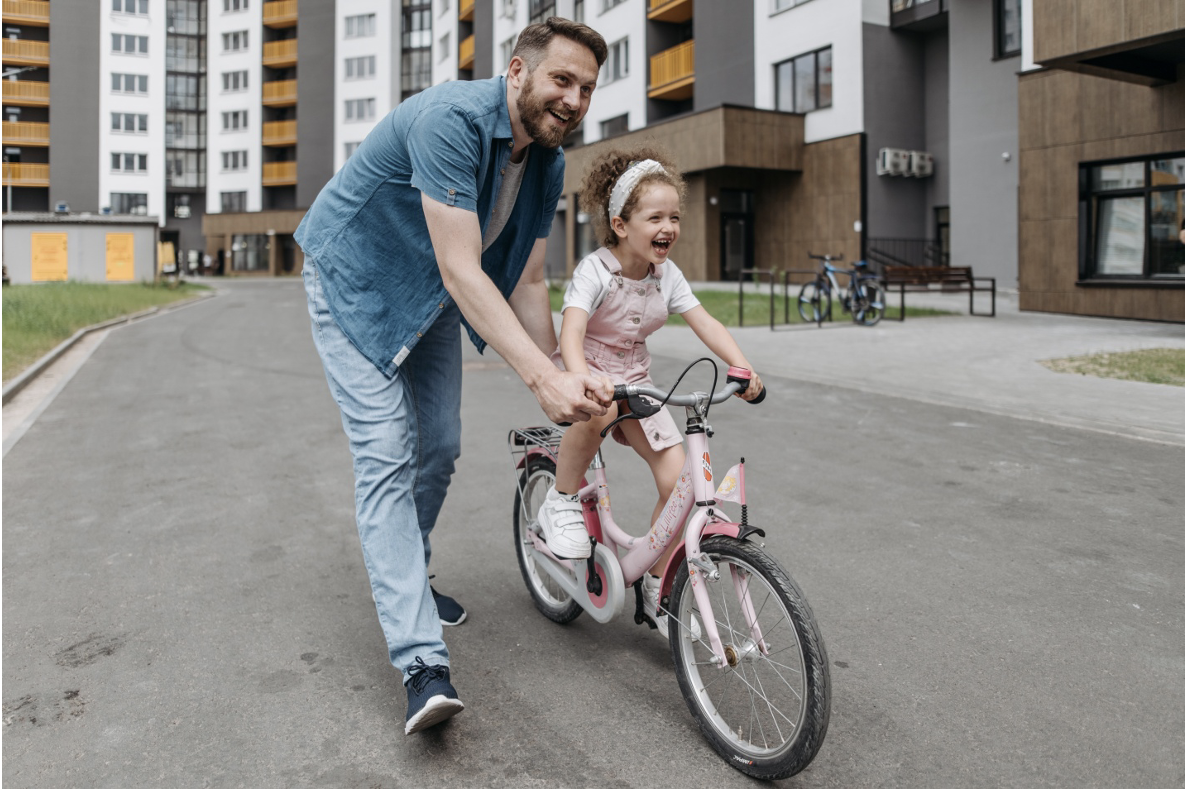
Children deserve to grow up happy, loved, and supported no matter their environment. According to an article on child development, various factors contribute to children’s
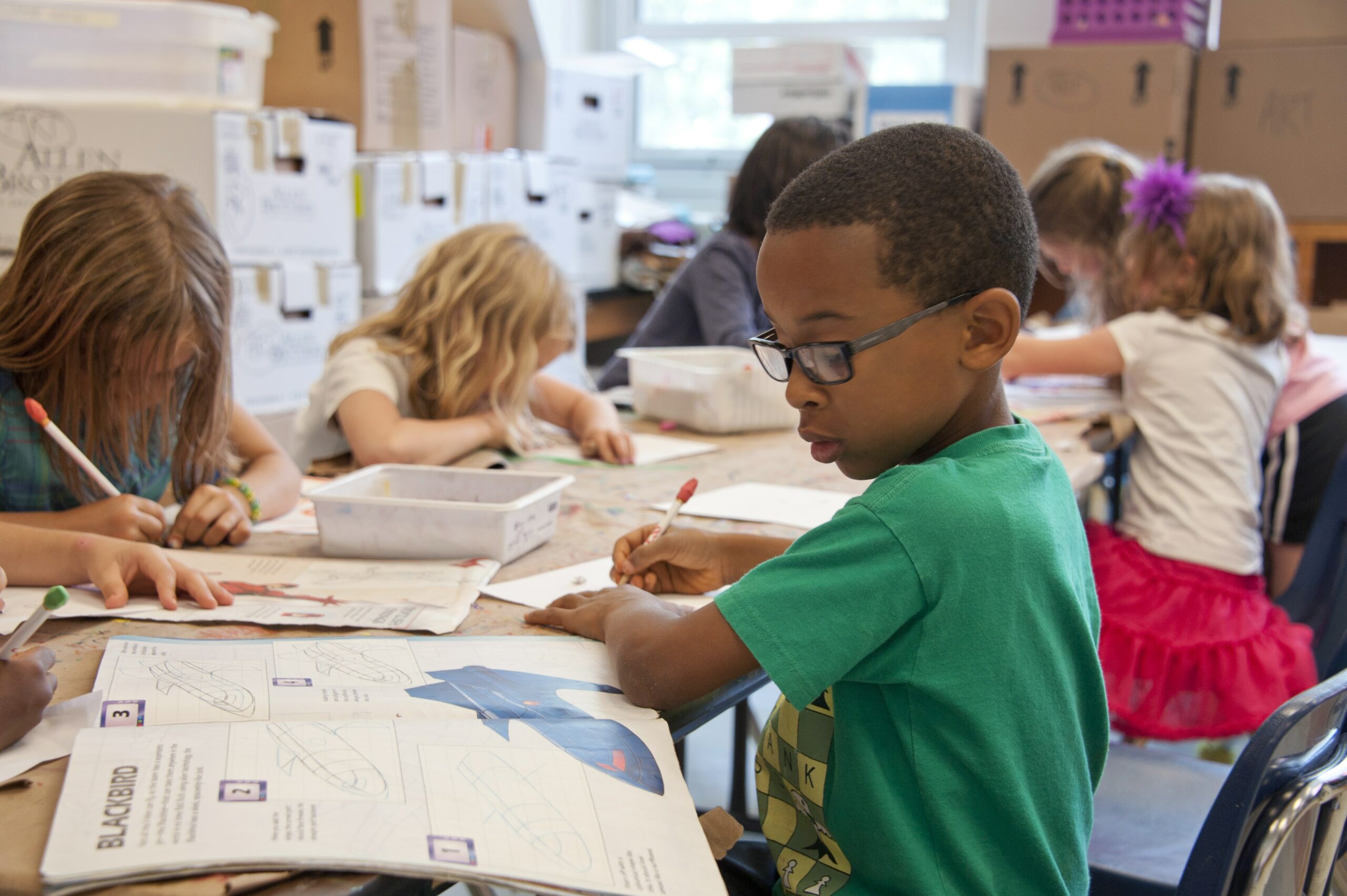
Every teacher wants their students to feel emotionally supported in their classroom–when a child feels emotionally stable, they can take in and learn information. The
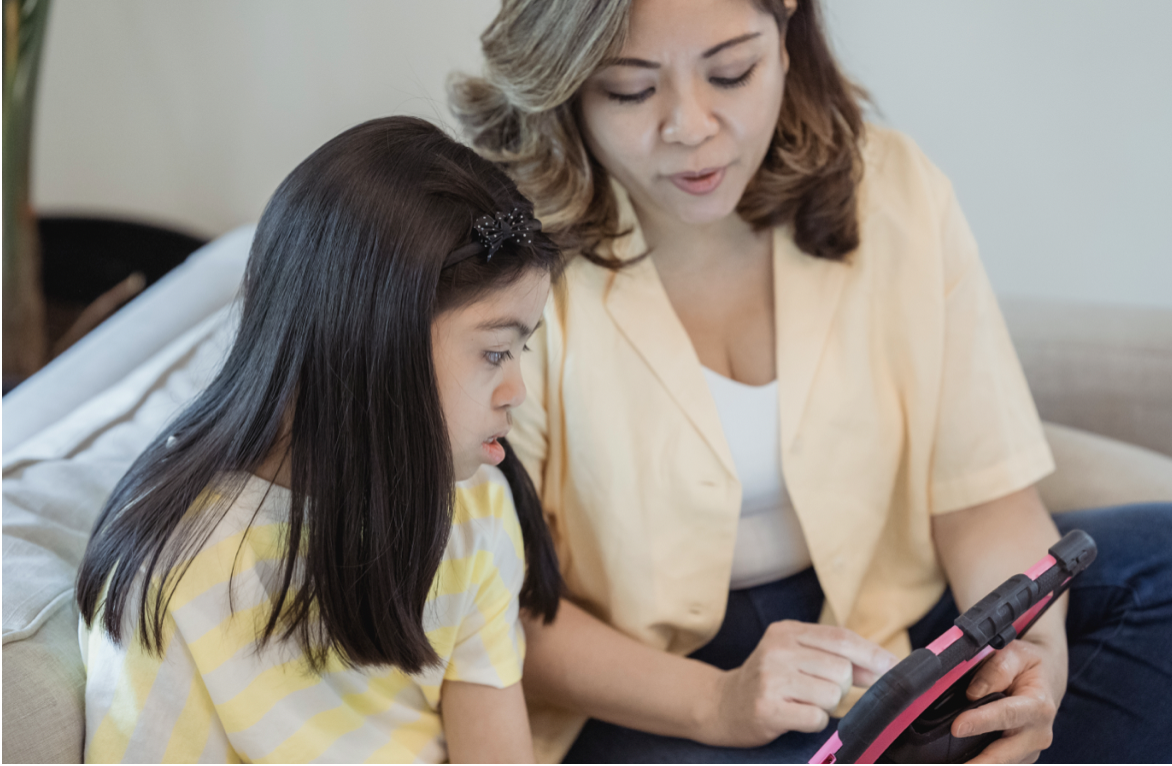
We want to shelter our children from all forms of harm or danger. In the age of information, however, this can be a challenge. Many

Navigating a divorce is no easy venture, especially if children are involved in the mix. If you’re stressed out or visibly affected by any major

It’s back to school time again and most educators are acutely aware of the potential social emotional needs of students. Last school year was a
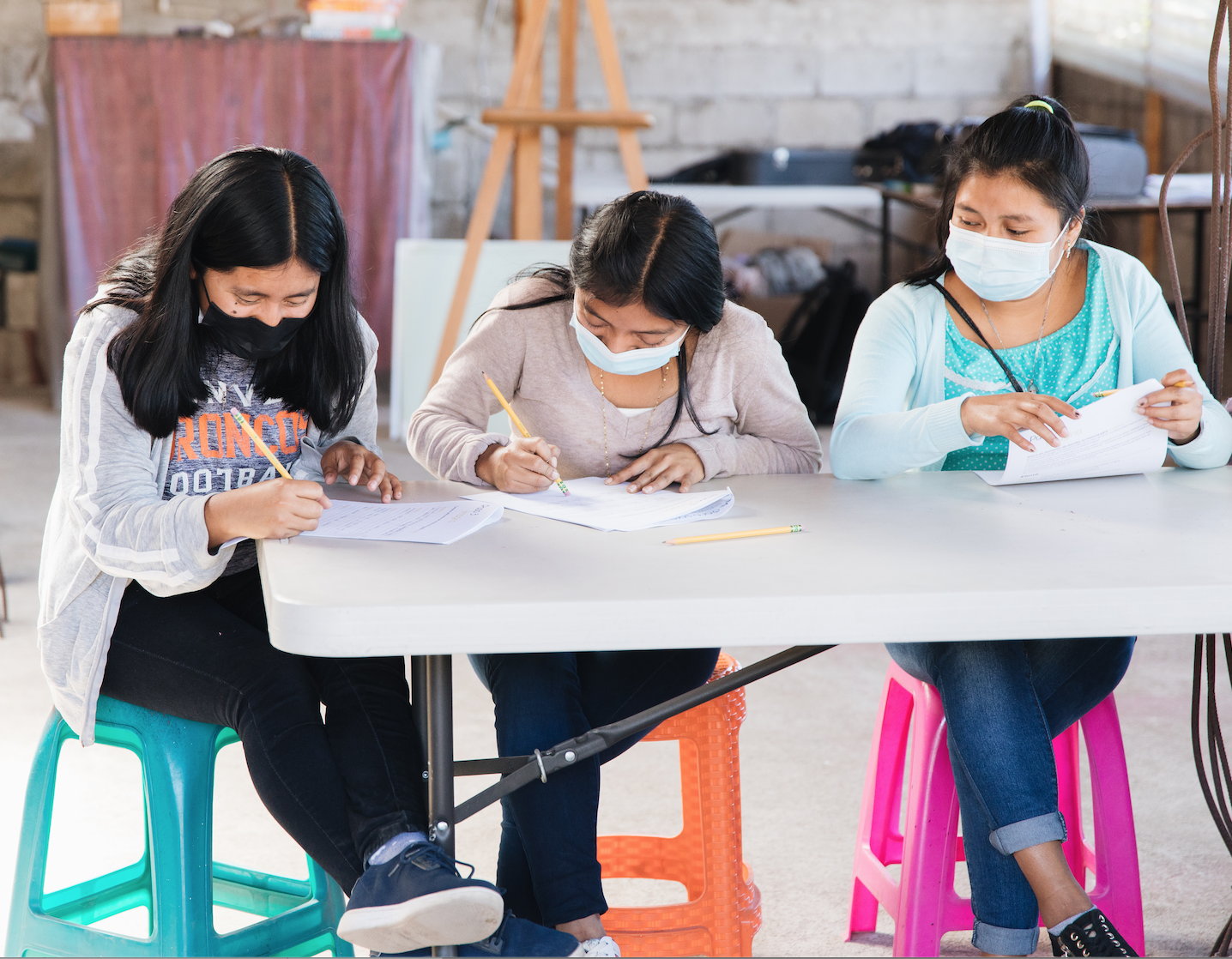
Mental health means having emotional, psychological, and social well-being; when we think, act, and feel from a balanced perspective the majority of the time. Having

Most adults and children feel anxiety at some point in their lives. Unfortunately, the incidence of anxiety has increased over the last decade, and dramatically

The start of the new year signifies a time for new opportunities, goals, and reflection. While people usually treat New Year’s resolutions as an individual
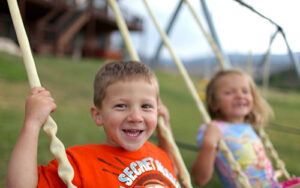

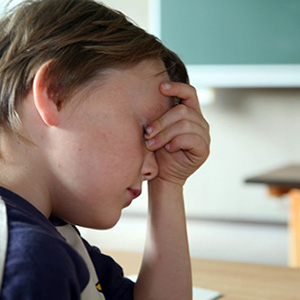
The Imagine Project, Inc. is a 501c3 organization, we appreciate your continued support helping ki

Join our community to get the latest tips, exclusive offers, and updates straight to your inbox. Don’t miss out—subscribe now and be the first to know!